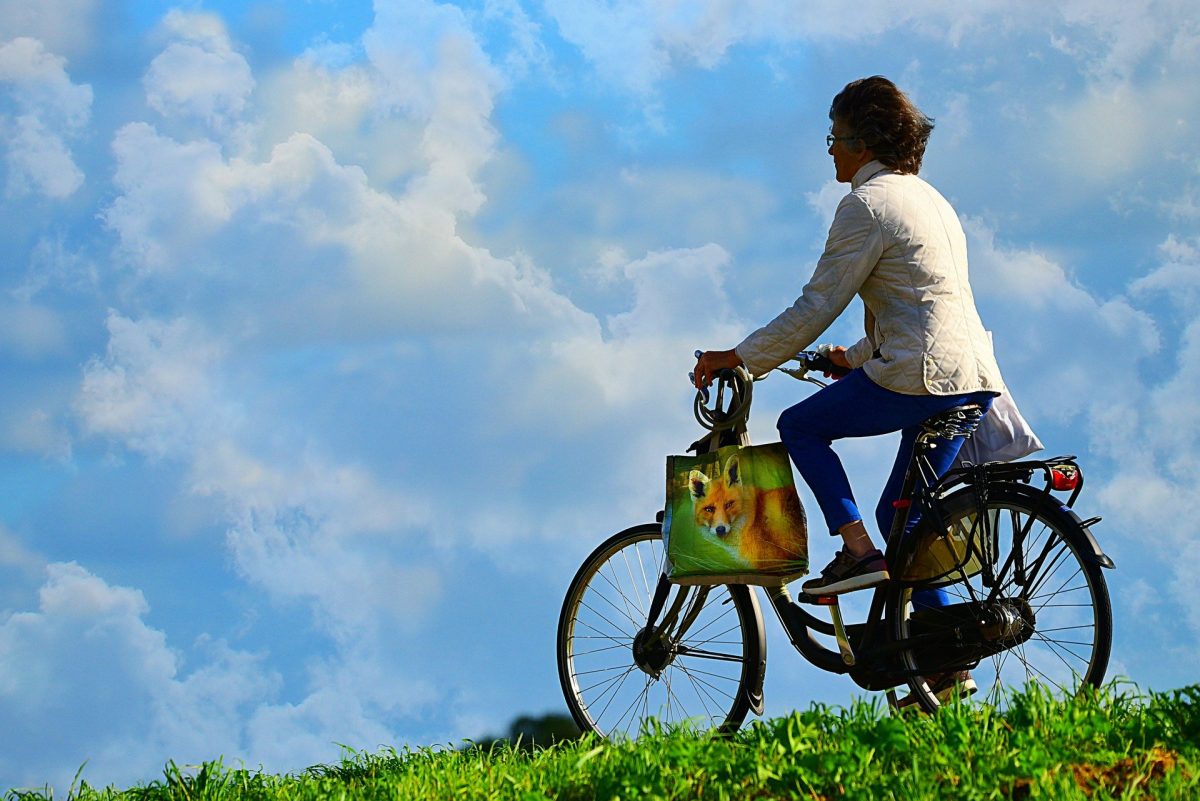
I am a life-long swimmer. For me, a swim improves everything. A bad day is made better, a good day becomes fantastic. After a swim or a bike ride, I write better. I am relaxed and less likely to get too stressed about anything. Many locker-room conversations have confirmed for me that exercise benefits mental as much as physical well-being.
I encourage my coaching clients to embrace their physicality because – whatever form it takes, especially outdoors, movement is therapeutic, is medicine. Movement can inspire creativity. Exercise can free us up. I had a client whose writer’s block only lifted when they could walk and run again after an injury. I knew an entrepreneur who upped her swims to daily when she decided to grow her business. She got the connection. Taking the time to swim didn’t take away, but furthered her business goals. It helped her have a clear head and a more relaxed start to her day. It enabled her to work hard at what she wanted in a way that another hour in front of her laptop would never do.
A psychotherapist I admire, Debbie Tripp, recommends physical activity to her clients to reduce distress, regulate emotions, lift mood and interrupt impulsive urges related to addictions. Exercise is an effective component of therapeutic treatments for mood disorders, substance use, bipolar disorder and ADHD. It feels good. It is taking care of oneself. One of my friends will often pause when we are cycling or kayaking together and shout out “This feeds my soul!” I cannot agree more.
But things often get in the way. COVID kept us in. Getting started is hard. Feeling self-conscious in shorts or a bathing suit doesn’t help. Sometimes we think that we must have proper equipment to signal that we are “serious” about exercise. We say that we will get outside when we have the time….and then we never have time.
I’m not into bootcamping folks into action. I want my clients to make their wellness a priority on their own terms. I want them to find the activity they are drawn towards because of how good it makes them feel, not out of guilt or duty.
Want to start to give “movement therapy” a shot? Here are 6 tips to help you get started:
1. Prioritize time to move, especially outdoors. It is a gift to yourself that will enhance your day. Forget thinking of “exercise” as an obligation. No one needs another thing they should do, or feel stress about.
2. Start now – yes, today. Even a walk around the block is a step (excuse the pun) towards a more active life. Take it in. Enjoy it. Breathe in the fresh air. Don’t look at your phone or think of your emails.
3. Don’t focus on gear until you really need it. Any comfortable shoes will do for walking. Unless something is needed for safety (e.g. bike helmet), wait to buy gear. Having unused gear can actually be de-motivating.
4. Try different activities. My decades-long daily swim routine was crushed when COVID closed the pools last fall. I was in tears. Out of desperation, I became a walker and now I like it! Who knew?
5. Buddy up if that helps. For company, safety, motivation or camaraderie you may be more motivated to do activities with others. Even during COVID, distanced outdoor activities can be enjoyed. Call up a buddy and venture out!
6. Don’t worry about how you look. Focus instead on the function of your body. Even if it has limitations enjoy what it can do. It moves you. It feels the air, the sunshine, the rain, gravel or pavement beneath your feet. It is yours. Honour it.